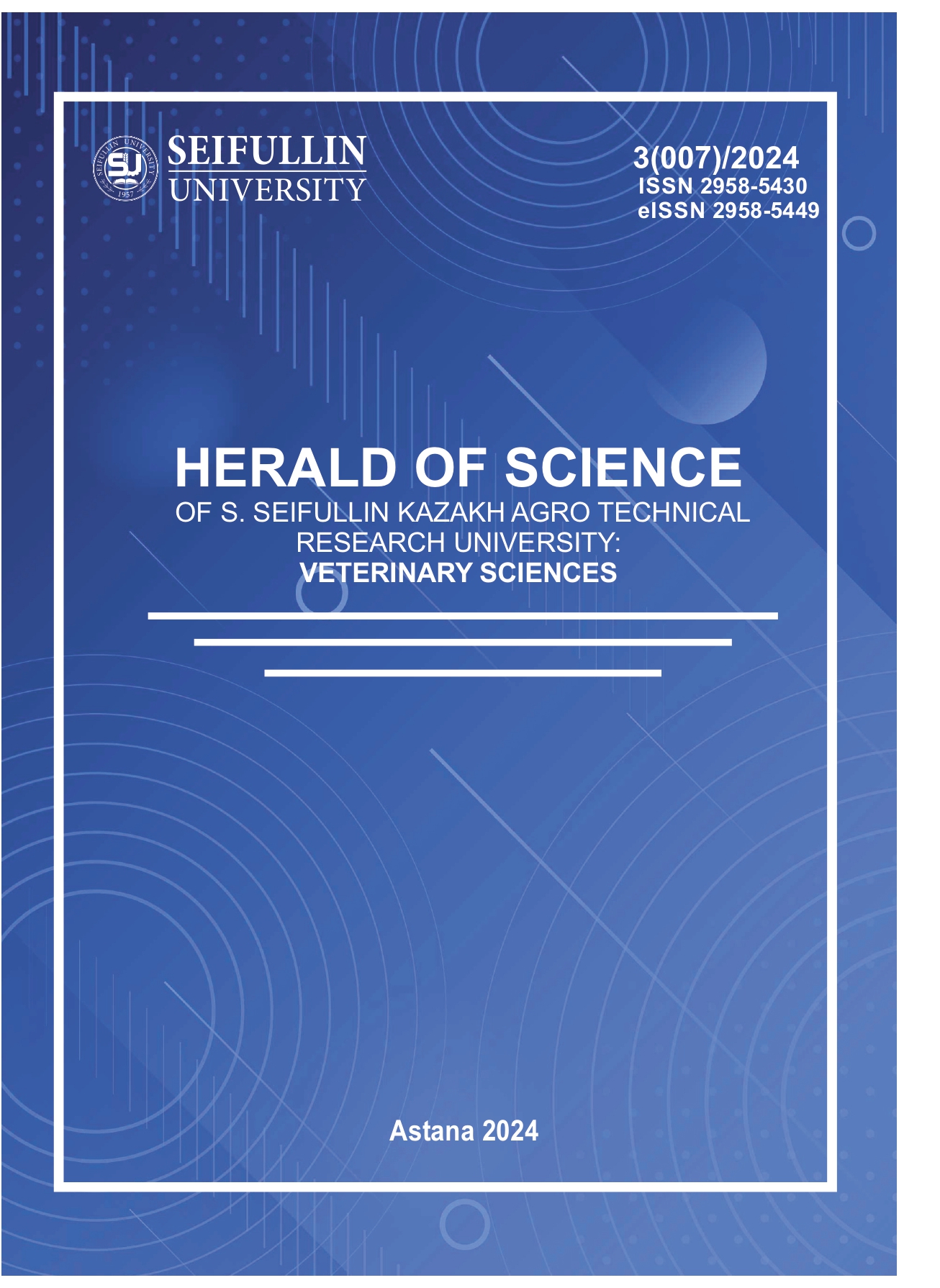Development of conventional designations for veterinary epidemic significant objects
##plugins.pubIds.doi.readerDisplayName##:
https://doi.org/10.51452/kazatuvc.2024.3(007).1737Ключевые слова:
epidemiologically significant objects; epizootic situation; mapping; prevention; symbols.Аннотация
Background and Aim. Epidemiologically significant objects are objects related to veterinary activities, requiring strict control and supervision, since violation of sanitary and hygienic requirements imposed on them, deterioration of the epidemiological situation at these objects can contribute to the emergence and spread of diseases, which in turn will lead to large negative economic, environmental and social consequences. This research aims to develop conventional designations of objects that have epidemiological significance in the country for their subsequent use in cartographic analysis, forecasting, and risk assessment of the spread of infectious diseases.
Materials and Methods. Conventional forms were developed for almost all objects that may have any epidemiological significance. These facilities were relatively categorized into 4 areas: veterinary, agricultural, municipal, and other epidemically significant facilities. Conventional forms of designation of epidemically significant objects were developed using the CorelDraw program.
Results. In total, symbols have been developed for 48 epidemiologically significant objects, including 14 veterinary, 17 agricultural, 7 municipal, and 10 other objects. The shape of all symbols was defined as a quadrangle with equal sides, while each group of symbols has its color for the border of the figure. The design and drawing of each symbol were developed in such a way that both specialists and ordinary users could visually understand what this sign meant.
Conclusion. The developed symbols will allow more effective use of information and communication technologies for forecasting and assessing the risk of spreading the most relevant contagious diseases in our country. This will subsequently allow more effective preventive and anti-epizootic measures.

